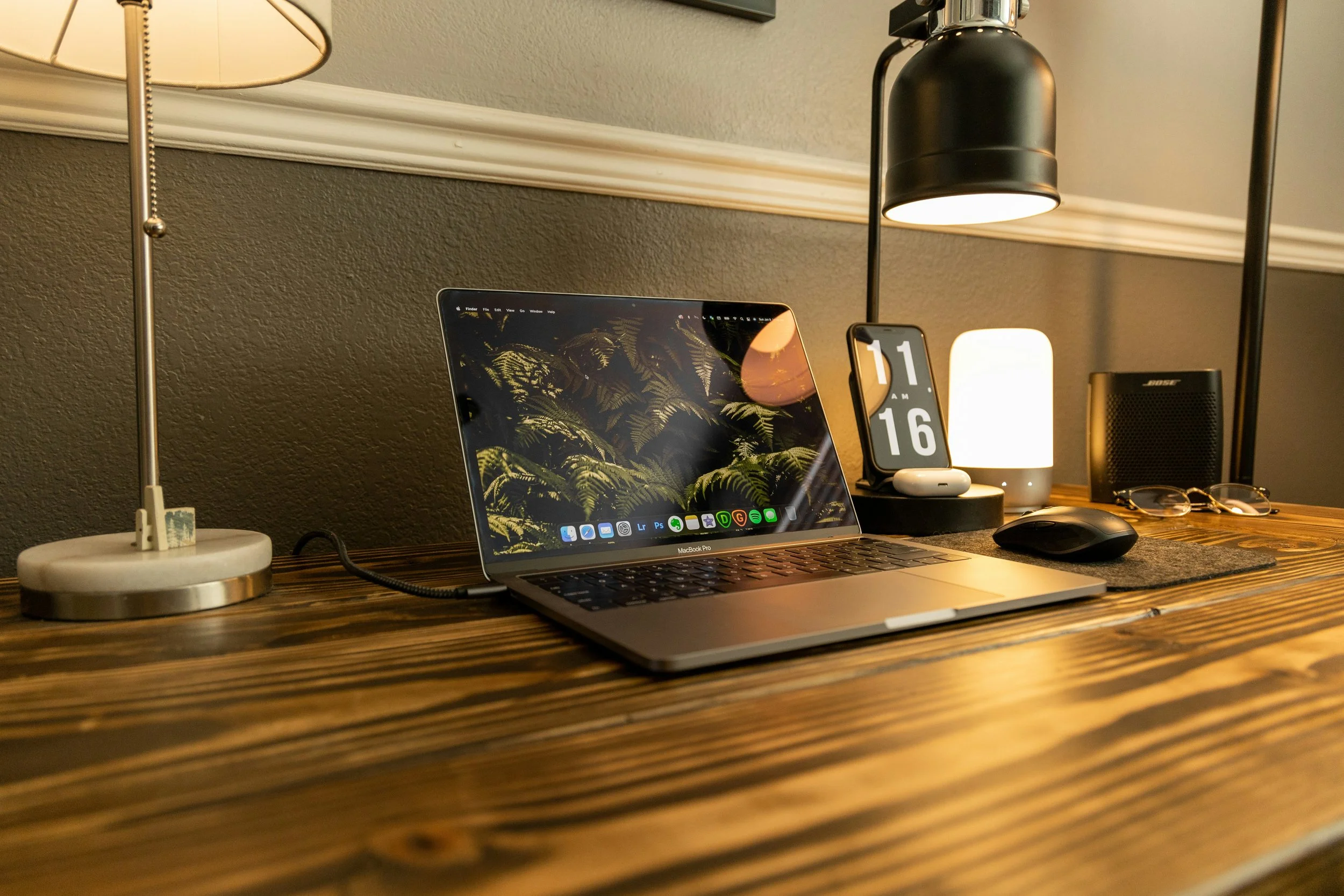Calculating Your Lean Body Mass and Resting Metabolic Rate for Weight Loss
Your body continually expends energy for essential functions such as breathing, blood circulation, and brain activity. This energy expenditure is known as your resting metabolism.
Understanding your resting metabolic rate (RMR) is crucial for determining your daily caloric needs for weight maintenance and weight loss.
Resting metabolic rates (RMRs) vary significantly between individuals. Your RMR estimates the calories burned while completely at rest for 24 hours. To understand your RMR, consider these influencing factors:
* Calories burned through activity/exercise
* Calories burned through digestion (thermic effect of food)
* Calories burned through non-exercise activity (NEAT)
Calipers, body fat measuring tool
How to calculate you your RMR
The first thing to do is to figure out your Lean Body Mass (LBM). Take your overall body weight and subtract your body fat from that number. To obtain your body fat, I recommend using calipers as shown in this video here.
Why do we need to measure body fat?
Your muscle require more energy than body fat to work correctly. Although two women may weigh the same exact scale number, their body composition may be completely different resulting in two very different RMRs.
Now that you know your estimated body fat percentage, let’s take that number and figure out your LBM. To do so we can plug it into the Katch Mcardle formula (which helps to calculate your BMR; basal metabolic rate).
Now, let’s say your 140lb and have a body fat of 28%. To figure out your LBM, calculate
(1- .YOUR BF PERCENTAGE) x YOUR WEIGHT = LBM
Which would look like: 1-.28 x 140 = 100
Let’s say hypothetically these are your numbers, This would mean your LBM is 100lbs. Now we can plug this number into the Katch Mcardle formula.
The Katch Mcardle formula is: BMR= 370 + (9.82 X Lean Body Mass)
That would look like this: 370 + (9.82 x 100) = 1352
Now, depending on your activity level, the final number to multiply your BMR with varies depending on how active you are. The variation can be anywhere from 1.25-1.9.
Sedentary = BMR X 1.2 (little or no exercise, desk job)
Lightly Active = BMR X 1.375 (light exercise/sports 1-3 days/wk)
Moderately Active = BMR X 1.55 (moderate exercise/sports 3-5 days/wk)
Very Active = BMR X 1.725 (hard exercise/sports 6-7 days/wk)
Extremely Active = BMR X 1.9 (hard daily exercise/sports & physical job or 2 X day training, full time training, etc.)
For most of my clients who have office jobs and are stay at home moms, I use 1.3-1.5 but consider your own daily energy expenditure.
Let’s use 1.3 for hypothetical reasons. Here’s what that would look like:
1352 x 1.3 = 1757 is the number of calories you need to maintain on a daily basis.
From here, you would just need to subtract anywhere from 300-500 calories from your RMR.
Keep in mind, with all these measurements and calculations, nothing is exact. We are talking about an estimate of calorie maintenance, but as long as we are close to your individual estimates, we will get you to see some kind of results. At the very least, no matter who you are and what your goals are, making sure you are hitting your individual RMR will ensure your body and mind are functioning at its most optimal level.



















